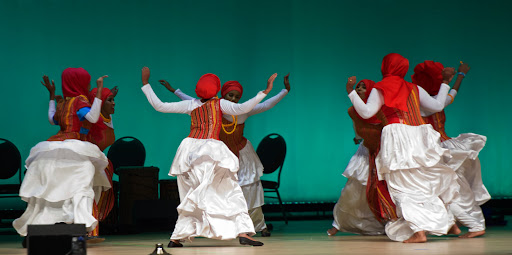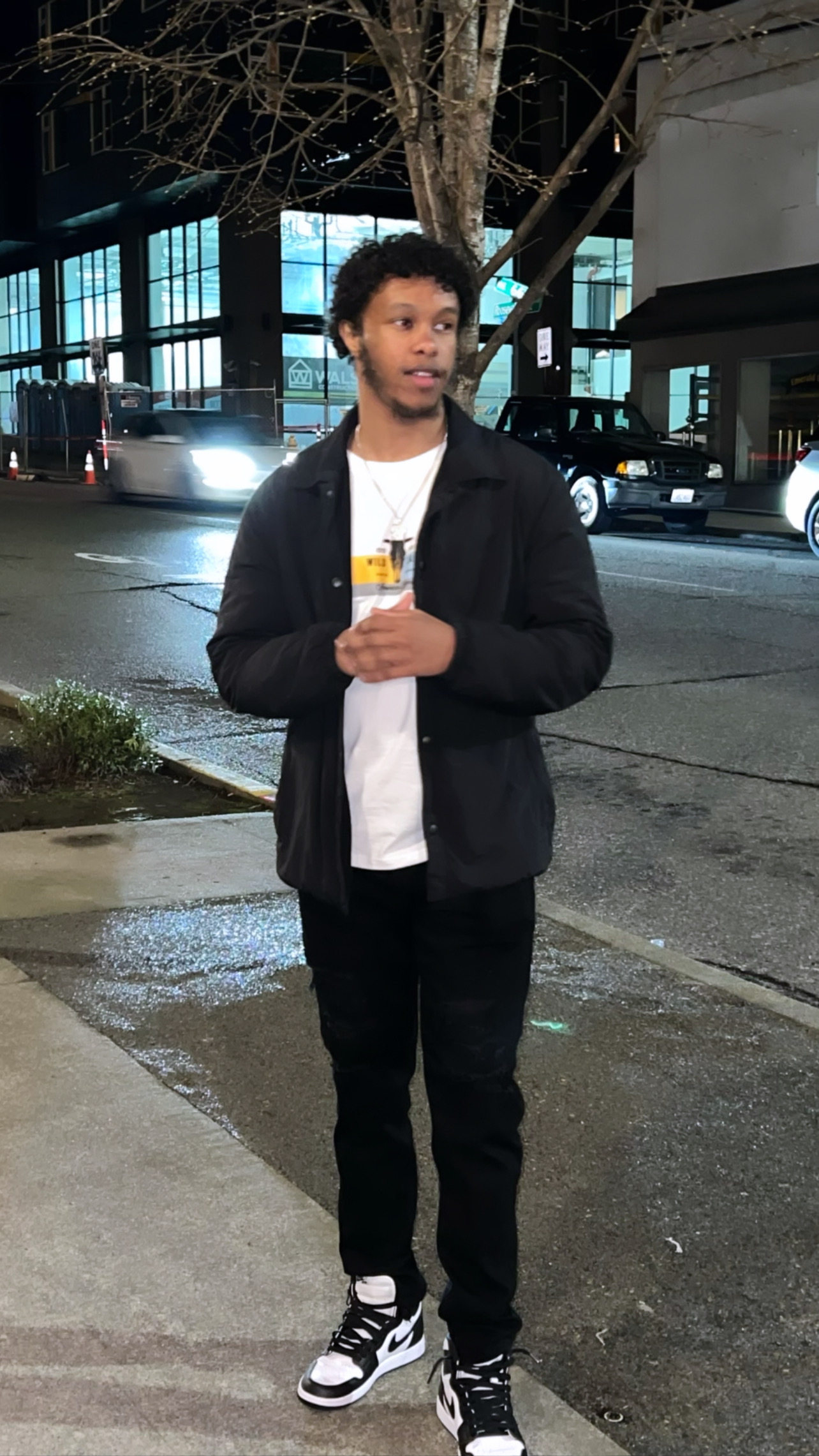
Somali Cultural Dances

Najib Abdi, August 10, 2024
About and copyright
This guide on Somali Cultural Dances aims to showcase the rich cultural heritage of the Somali people. The included videos are used from original content creators for educational and illustrative purposes. The use of these videos does not imply ownership, and no infringement is intended.
Somali culture is renowned for its deep-rooted traditions in poetry, oral history, and cultural dances that trace back through ancient times. In this post you will learn more about the various Somali cultural dances that are performed.
Dhaqankeena waa dahab
Dhaanto
Dhaanto originated in Dowlad Deegaanka Somalida and is the most popular dance performed at nearly every Somali festive occasion. Inspired by the camel, the dance mimics the animal's movements. It was revived during the early 20th-century Dervish period, where it served to boost the morale of soldiers and was frequently sung on horseback. The dance holds deep ties to the Ogaden clan.
Saylici
Saylici originated in the town of Zeila in northern Somalia. Initially an Islamic chant, it gradually evolved into a dance. The lyrics, largely Islamic in nature, have remained unchanged for centuries. The dance is closely associated with the Samaroon (Gidabursi) clan.
Jaandheer
Jaandheer, meaning "big leap" or "step," originated in Northern Somalia. It is commonly performed at Somali weddings and festive occasions.
Hari Made
Hari Made, also known as the warrior dance, is performed across Djibouti, Northern Somalia, and the Somali Region. While it is danced in these regions, it is embraced and practiced by all Somalis.
Gobilay
Gobilay originates from Southern Somalia and is primarily associated with the Marehan clan of the Daarood. However, it is also popular among other Somali communities and is performed during festive occasions.
Sharax
Sharax originates from Southern Somalia, particularly in the capital city of Mogadishu. This dance is similar to a Yemeni dance and likely made its way to Somalia through Yemeni-Somali interactions.
Walisaqo
Walisaqo originates from the Central and Hiiran regions of Somalia. This folk dance is traditionally performed by pastoralists during festivals, in times of abundant rain, and with hopes for prosperous agriculture and livestock. It is also a popular dance at weddings and other joyful occasions.
Shirib
Shirib is a lively and rhythmic Somali dance, popular in South and Central Somalia, including regions like Middle Shabelle, Hiiran, and Galgaduud. It features short verse compositions and coordinated steps, performed during gatherings, family meetings, and celebrations. Shirib may also be linked to Istunka, reflecting its deep cultural roots.
Buraanbur
Baranbur is a poetic form within traditional Somali poetry. It is usually composed by women. This traditional Somali art form is often recited with drums and paired with a dance. It is commonly performed at weddings and other gatherings.
Shabal
Shabal is danced in Southern Somalia.
Waalo
The term Waalo simply means "Go crazy". It's played in South, and Central Somalia.
Galeyso
The dance is renowned for its prominence among the Mareexaan clan. Men, adorned with traditional double-edged knives called Abley, form a semi-circle. A group of 7 to 9 dancers then moves rhythmically toward the center of the semi-circle, stomping in unison with the beat.
Saar or Diisow
"Saar" is a traditional dance performed in the southern regions of Somalia, particularly in Jubaland or Waamo. It holds significant cultural importance among clans such as the Mareexaan, Gaaljecel, Raxaweyn, Wardey, and others.
Shabley
Shabley is a dance played by women in Southern regions of Somalia.
Niiko
"Niiko" is a dance performed in Southern Somalia, Lower Shabele, Middle Shabelle, Banadir, and Bay & Bakool.
Kabeebeey
"Kabeebeey" is a dance performed in Lower Shabele, Middle Shabelle, Banadir, and Bay & Bakool.
Beerrey
"Beerrey" is a dance performed in South West (Koonfur galbeed) and Baydhaba.
Boorsakeen
"Boorsakeen" simply mean "Bring a bag" inside the bag includes gold, clothes and gifts for the newlywed. Its performed in Southern Somalia, and Banadir.
Maleeleey
"Maleeleey" is a dance performed in South West (Koonfur galbeed).
Balaqleey
"Balaqleey" is a dance performed in North eastern kenya, beesha dogoodiya & Southern Ethiopia.
Sharara
"Sharara" is a traditional dance performed in Southern Somalia, particularly by the Somali Bantu.
Sedaxleey
"Sedaxleey" simply refers to "Three times" consist of three people per group and is played in Northern Somalia.
Baarcade
"Baarcade" is played in Northern Somalia.
Hirwaa
"Hirwa" is a dance performed in Djibouti.
Batar
This is one of the most popular dance forms amongs the somali pastoralists. The term means "Talkative" which reflects the rich variety of forms both men and women dance together or separately.
Wilwilo
Wilwilo is a traditional folk dance performed by Somali pastoralists in the northwestern regions of Somalia and Djibouti. It is characterized by dancers wielding spears and shields, while the leader carries a dagger, reflecting its origins as a war dance. Today, Wilwilo is performed during special occasions.
Ceerigaabo
Ceerigaabo is a renowned entertainment dance named after the capital of the region where it originated. It is so widely cherished that people of all ages and social standings participate in it. The dance masters are held in high regard, and it is performed during all joyful occasions.
Istun
Istun is a dance-battle where two groups face off, using small sticks that cause no serious injuries. This tradition is part of the New Year celebrations. Historically, it was surrounded by superstitions and myths, with the belief that failing to hold the event could bring misfortune, including poor crop yields, famine, and difficulties in bearing sons.
Sobor
Sobor is performed in Djibouti, and Dowlad Deegaanka Somalida
References